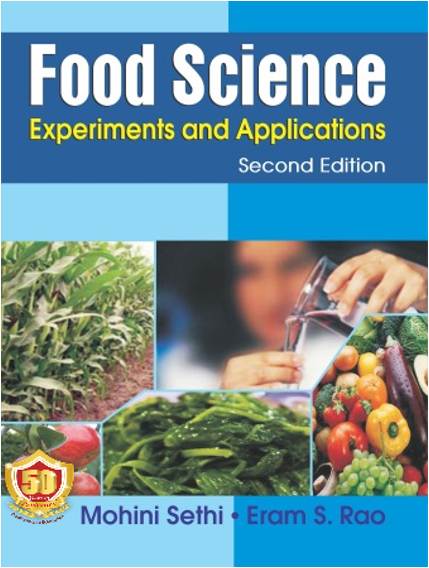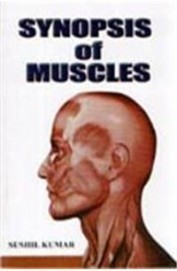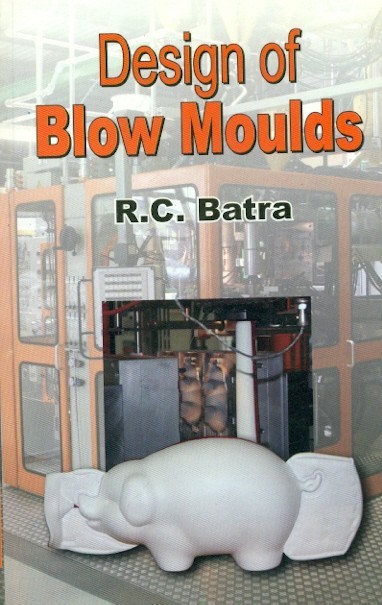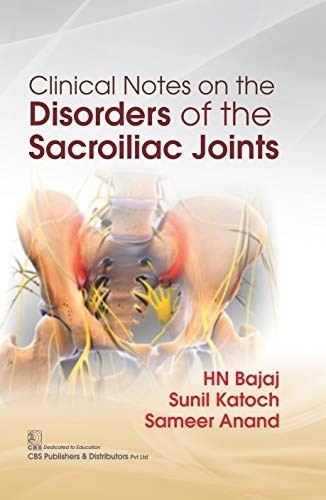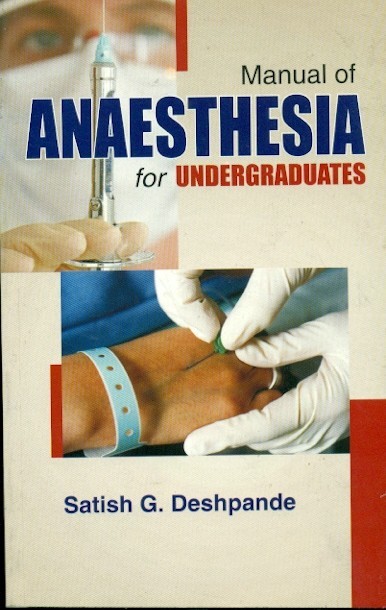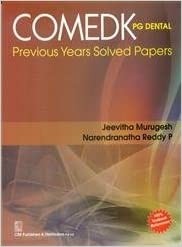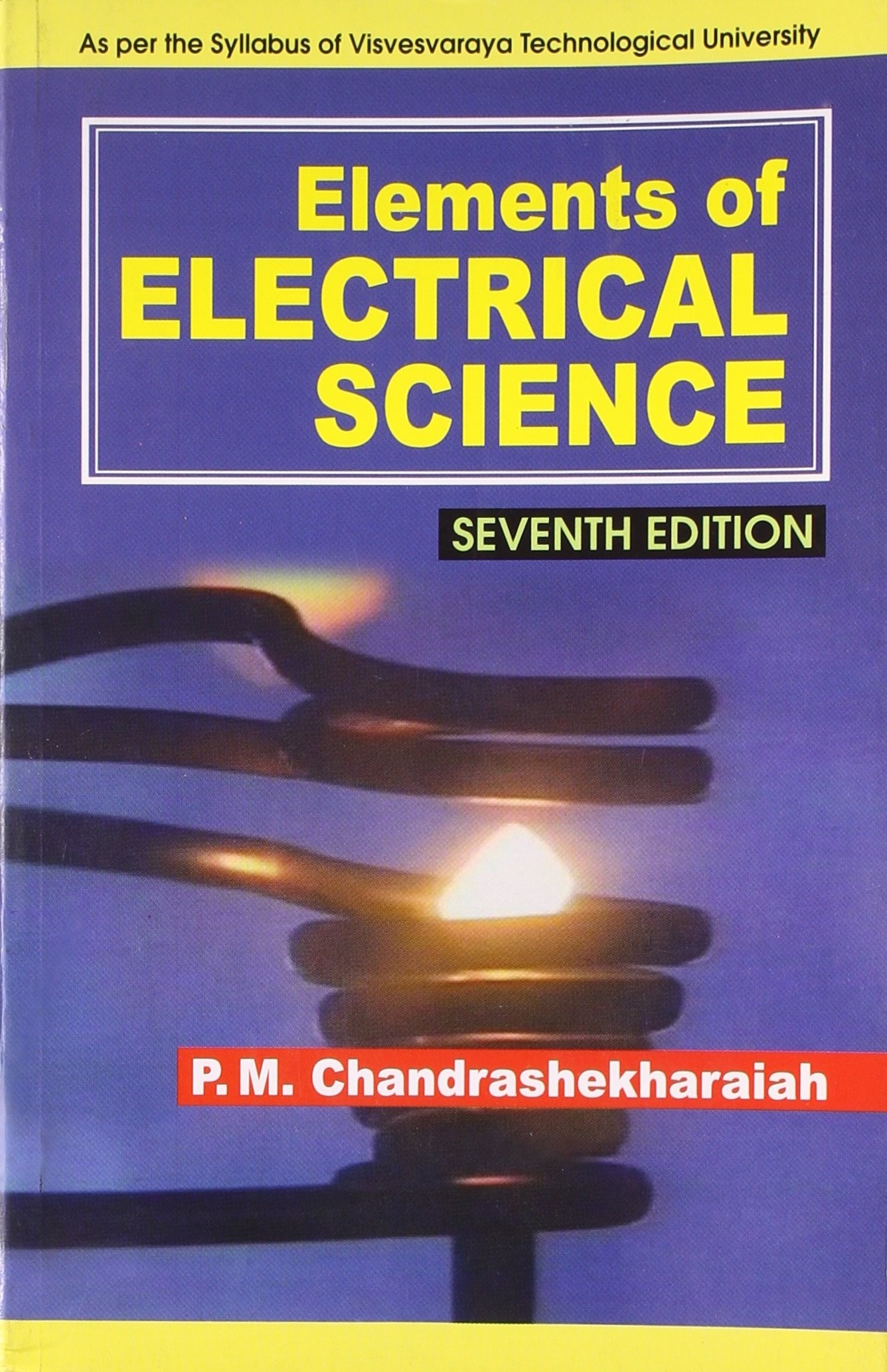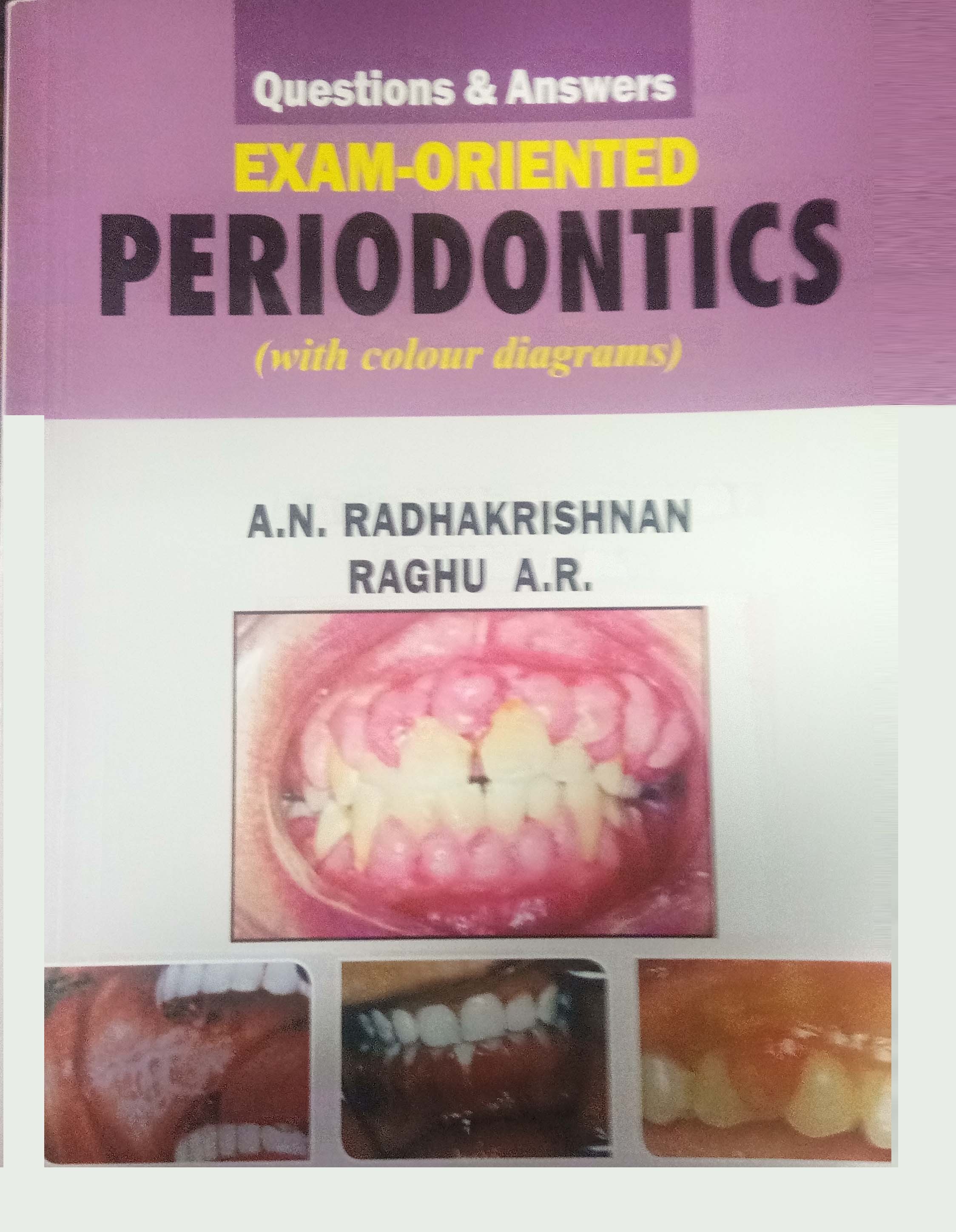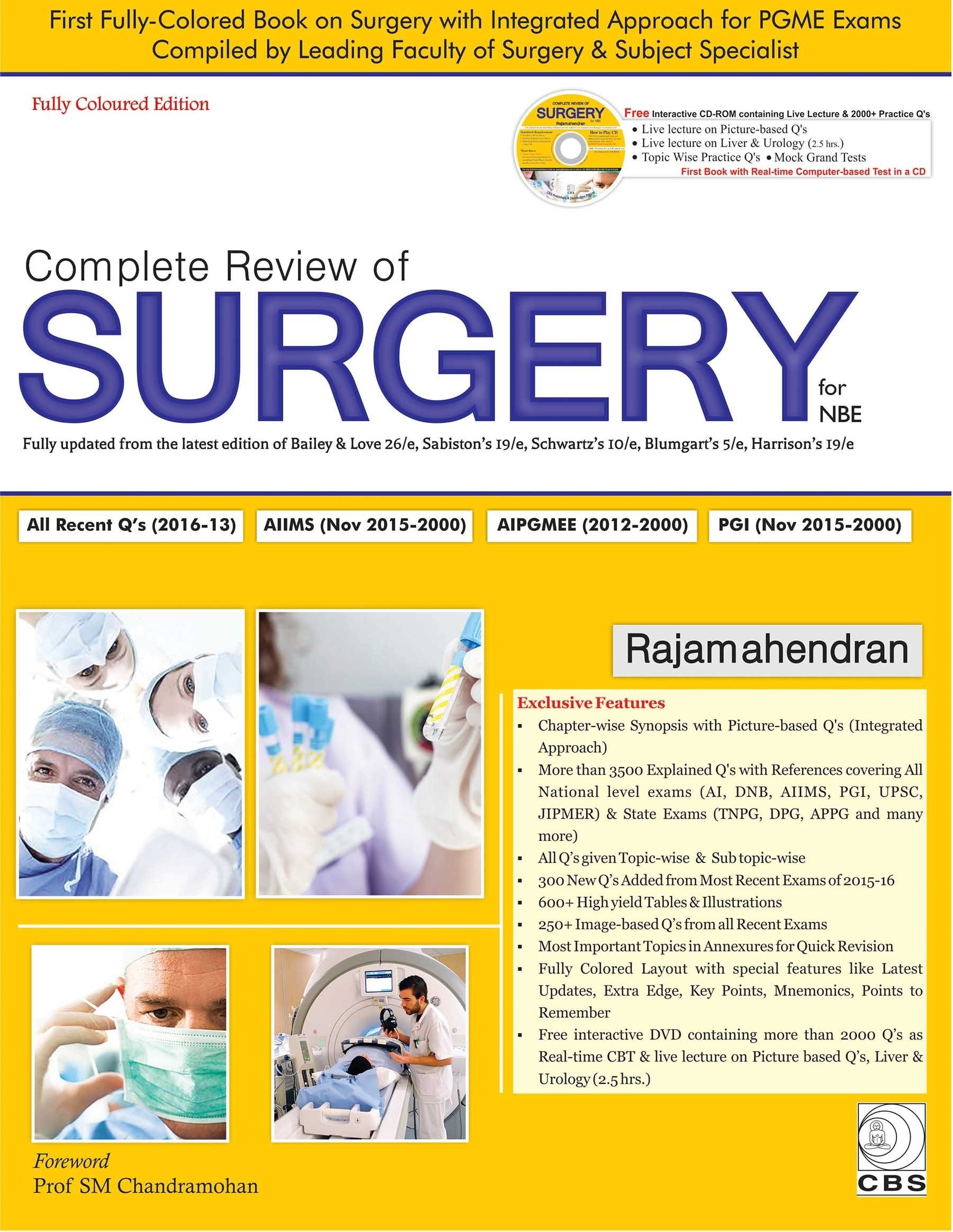Food Science Experiments And Applications 2Ed (Pb 2021)
no information available
The book offers the first practicaI experience in food silence and deals with the basic reactions and changes that take place in foods when combined, cooked, treated and stored for use as required. The text is divided into six units comprising 16 chapters dealing with the structure, composition and properties of foods rich carbohydrates, proteins and fats; food preservation methods; food adulterants, their detection and prevention of adulteration; along with the techniques of food evaluation. There are 55 experiments in,each followed by practice exercises designed to enhance the knowledge of students In the science of food and its applications to everyday food preparation. These have been further highlighted through colour plates to enable the student to relate them to traditional foods prepared and consumed in India. The colour plates present some foods and dishes prepared using the properties of food components to advantage. The exercises present ideas for designing more experiments and encourage creative thinking, providing a practical, Interesting and motivating experience for the students, teachers and all with the production and service of food.

